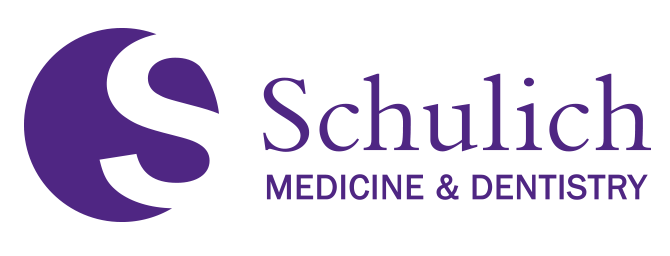
Surgery Publications
Post-Operative Extended Volume External Beam Radiation Therapy in High Risk Esophageal Cancer Patients: A Prospective Experience
Abstract
Background and purpose: Extended volume external beam radiation therapy (RT) following esophagectomy is controversial. This prospective study evaluates the feasibility of extended volume RT treatment in high-risk esophagectomy patients with cervical anastomosis receiving post–operative combined chemo-radiation therapy. Patients and methods: From 2001-2006, 15 patients with resected esophageal cancer were prospectively accrued to this pilot study, to evaluate the adverse effects of extended volume RT. Eligibility criteria were pathologically proven esophageal malignancy, T3-4, N0-1, disease amenable to surgical resection and esophagectomy with or without resection margin involvement. Patients with distant metastases (M1) and patients treated with previous RT were excluded. All 15 patients received four cycles of 5-fluorouracil-based chemotherapy. External beam RT utilized conformal computerized tomography (CT) planning, with multi-field arrangement tailored to the pathological findings with clinical target volume encompassing the primary tumour bed and anastomotic site in the neck. The radiation therapy dose was 50.40Gy at 1.8Gy per fraction, delivered concurrently with the third cycle of chemotherapy. Outcomes were disease-free survival (DFS) and overall survival (OS), calculated by Kaplan–Meier method. Treatment-related toxicities were assessed using NCI-CTC Grading System. Results: There were 10 male and 5 female patients. The median age was 64 years (ranging 48 to 80 years). The TNM stages included one T3N0, two T2N1, eleven T3N1 and one T4N1. The histopathology included 5 adenocarcinomas and 10 squamous cell carcinomas. Resection margins were clear in 10 patients. The median follow up time was 19 months (range: 3.5-53.4 months). Delay in chemotherapy occurred in 20% of patients and dose reduction was required in 13.3% of patients prior to radiation therapy. During the concurrent chemo-radiation therapy phase, 20% and 6.6% had chemotherapy delay and dose reduction, respectively. No patient experienced treatment related acute and chronic esophagitis of > Grade 2. Disease recurrence occurred in 40% (6/15) and the median time to relapse was 24 months. There was no tumour recurrence at the anastomotic site. The median DFS and OS rate were 23 months and 21 months, respectively. Conclusion: Extended volume external beam radiation therapy encompassing the tumour bed and the anastomotic site is feasible and safe after esophagectomy. These findings support proceeding with a larger trial to assess its efficacy in patients with high-risk esophageal cancer.

